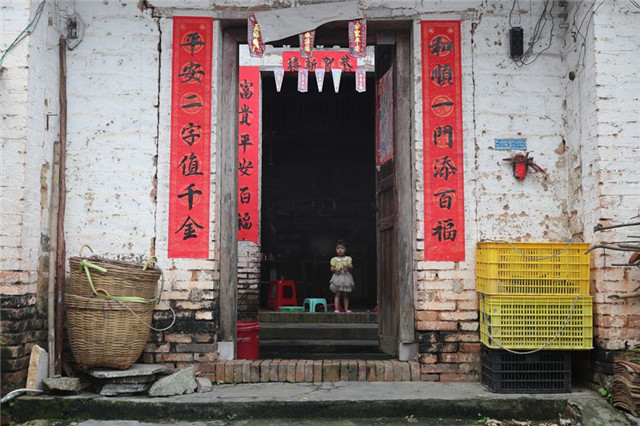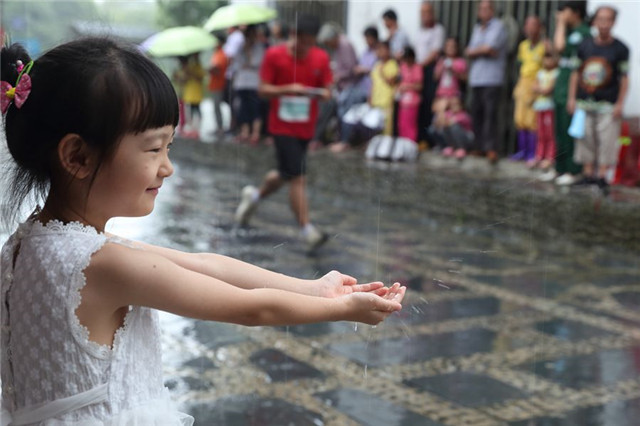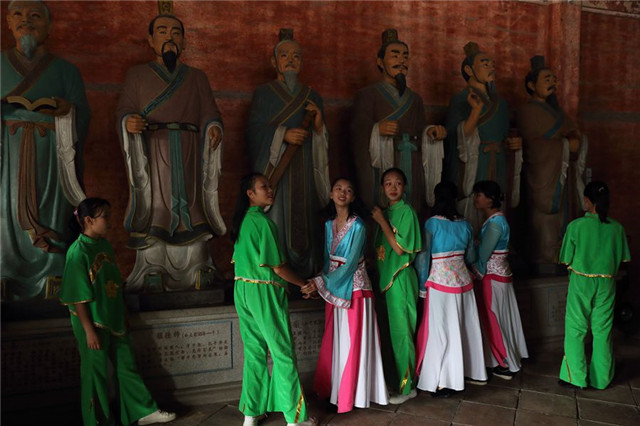In Jinlinshui township, Deqing county, Guangdong province, visitors dressed in hanfu (Han people's clothing) have a sense of passing through ancient and modern times. [Photo by Wang Jing/China Daily]
Guangdong province is responding to the Belt and Road Initiative in its own unique way.
The "Southern Guangdong Ancient Post Route" refers to the passages used to transfer mail, men and material in Guangdong province before 1913.
Waterways, official and unofficial roads are part of this route in Guangdong.
The Southern Guangdong Ancient Post Route epitomizes Guangdong's historical development and is a continuation of its cultural context.
It is also a channel for international economic and cultural exchanges. And it is where the "Ancient Silk Road" meets the "Maritime Silk Road", an important part of the Belt and Road.
Beginning in 2016, Guangdong province has started to revive the ancient route.
After several years of hard work, Guangdong has revived eight sections of the route with a total length of more than 300 kilometers.
The province has restored 11 key lines of the route, covering more than 740 kilometers.
And all this has prompted the integration of related elements such as culture, sports, tourism and agriculture, and helped save a couple of traditional skills that were on the verge of disappearing.
Meanwhile, hotels are also booming in villages along the route. And this has led to the revitalization of the countryside.
This project is part of Guangdong's response to the Belt and Road Initiative.
Baskets of ancient and modern on the doorstep of a farmhouse along the ancient post route reflect the unceasing vicissitude.[Photo by Wang Jing/China Daily]
People participate in the second leg of the 2019 Southern Guangdong Ancient Post Route Orienteering Competition.[Photo by Wang Jing/China Daily]
Tourists wearing hanfu play with their mobiles.[Photo by Wang Jing/China Daily]
Li Zhiqiang, the founder of the segmented "Lotus Dragon", presents the production process.[Photo by Wang Jing/China Daily]
In Deqing's Confucius Temple, the oldest and largest in South China, students attend the "first writing ceremony", an important ritual for students in ancient times before they were admitted to school.[Photo by Wang Jing/China Daily]

Huitong village in Zhuhai retains the overall pattern and layout that are kept intact for 200 years.[Photo by Wang Jing/China Daily]










